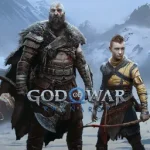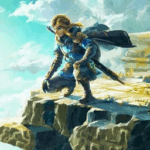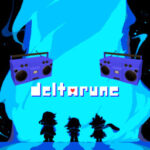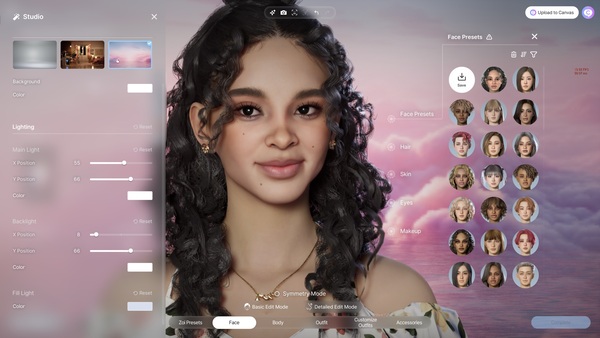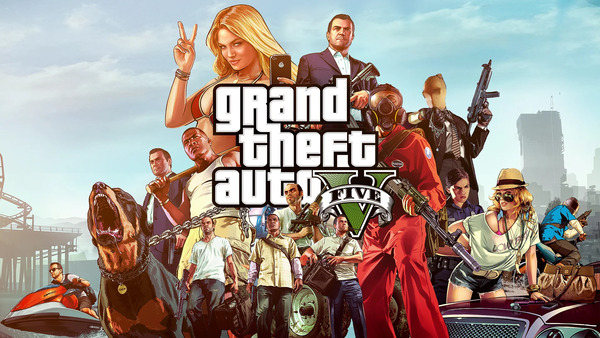Popular Now
Gorilla Tag is not your average VR game—it doesn’t hand you a controller with fancy buttons or walk you through levels on rails. Instead, it throws you into the wild with only your arms to move and survive. In this in-depth article, we’ll explore a specific and vital core of the Gorilla Tag experience: the movement system. From its intuitive design to high-skill tricks, we’ll uncover how Gorilla Tag redefines virtual locomotion through real-world physics, player muscle memory, and competitive mastery.
This guide is tailored for players who want to go beyond just "running around" and aim to truly master Gorilla Tag movement, whether you're a casual jungle explorer or a competitive tree-leaping maniac.
The Birth of Gorilla Tag's Movement Concept
Before Gorilla Tag became a social VR phenomenon, its developer Lemming set out to design a system that felt natural, immersive, and physical—a VR experience that was all about how you move rather than how you look or what you shoot.
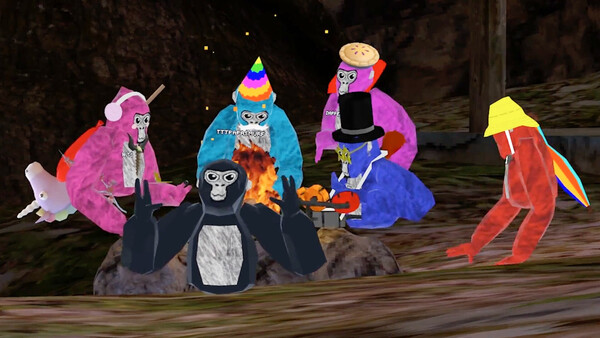
Minimal Input, Maximum Immersion
Unlike traditional VR games that rely on teleportation or joystick movement, Gorilla Tag is entirely manual. You push yourself forward using your real-world arms, meaning your body and the environment become the control scheme. The result is a game where your movement IS your skill.
Inspired by Physics and Simplicity
The movement system is grounded in basic Newtonian physics. Every motion is based on:
-
Hand velocity
-
Contact angle
-
Push duration
There are no “power-ups” or double jumps—it’s just real physics, demanding real technique.
Learning the Basics: Push, Slide, and Climb
New players often face confusion upon entering Gorilla Tag. There are no tutorials, just gorillas climbing trees like pros and you stuck flailing on the ground.
The Flatland Shuffle
Your first movement challenge is ground mobility. To move forward:
-
Place your hands down in front of you
-
Push backward while lifting your body up
-
Alternate hands in a crawling motion
This creates a running effect. The flatter your hand and the quicker your push, the faster you go.
Mastering Climbing Early On
Climbing is your next milestone. The game introduces:
-
Wall climbing (hand-over-hand on vertical surfaces)
-
Branch climbing (strategic use of trees)
-
Pole climbing (circular grabbing)
These all demand rhythm and timing more than strength.
Momentum Management and Speed Building
Once you’re confident moving around, you’ll notice skilled players zooming past you. That’s where momentum comes into play—one of the most advanced and essential concepts in Gorilla Tag locomotion.
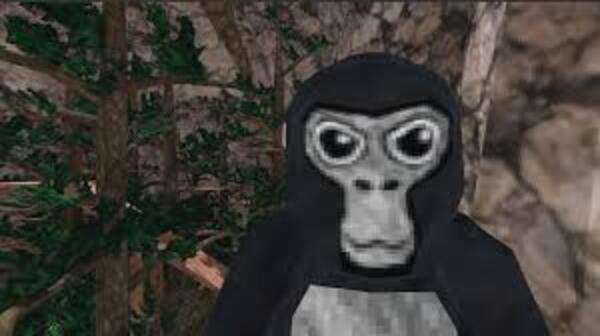
Speed Through Efficiency
Faster players:
-
Keep their hands low
-
Maintain constant forward angles
-
Use longer arm extensions
Every push should feel like a calculated stroke. Think of it like swimming through air.
Downhill vs. Uphill Mechanics
Downhill surfaces accelerate your motion naturally. Use them to build speed before propelling into a jump or climb. Conversely, uphill traversal requires:
-
Faster hand motion
-
Closer hand placement
-
Tighter angle control
Vertical Mastery: Scaling the Environment
Going up is what separates good players from great ones. Trees, walls, and platforms become opportunities to ascend—and dominate.
Tree Climbing Essentials
Tree traversal involves:
-
Grabbing around trunks
-
Bouncing between nearby branches
-
Launching from branch tips for air control
Tree runners often learn to move diagonally around trunks, reducing fall risk.
Wall Climbing vs. Wall Bouncing
-
Wall climbing: Repeated pushing against flat surfaces with alternating hands.
-
Wall bouncing: Rebounding between two walls to move upward or laterally.
Wall bouncing demands perfect push angles—too shallow and you slide down, too steep and you bounce away.
Advanced Movement Techniques
Once you’ve nailed the basics and verticality, it’s time to enter the elite space of movement mastery. Here’s where high-skill tricks start to appear.
Lucio Running
Named after Overwatch's Lucio, this method uses a side-wall sliding technique:
-
Run diagonally up a curved wall
-
Push with consistent rhythm
-
Maintain outward pressure to stay aligned
This allows players to run along walls horizontally.
Zero Touch Bounce
Advanced players can navigate entire spaces using rebound mechanics, never truly “grabbing” but rather “bouncing” in continuous rhythm. This gives them:
-
Greater speed
-
Higher evasion potential
-
Flashy mobility in competitive games
Environment-Based Movement Adjustments
Every map in Gorilla Tag offers unique movement challenges and benefits, making adaptability key.
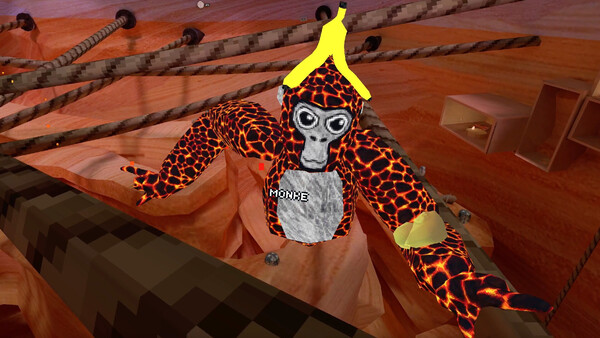
Forest Map
The forest is great for beginners:
-
Flat zones for practice
-
Spread-out trees for slow climbing
-
Varied elevation for bounce timing
Mastering it is about efficient ground routes and tree-hopping agility.
Canyon and Mountains
In Canyon:
-
Narrow spaces require tight movement control
-
Wall-bounce techniques shine here
Mountains introduces ice physics:
-
Movement has less friction
-
Requires predictive pathing
-
Players use ice sliding launches to travel vast distances
Competitive Chasing and Evasion
Tagging is the core game mode—so understanding movement in the context of chase and escape is critical.
Offense Movement (Tagging Others)
When tagging:
-
Prioritize prediction over speed
-
Use momentum to cut corners
-
Jump into players’ path rather than chasing their back
Smart taggers use trees and walls to “trap” other players.
Defense Movement (Evading Tags)
To avoid being tagged:
-
Use unpredictability: fake turns, sudden drops, stutter pushes
-
Utilize verticality: climb high and switch paths quickly
-
Avoid tight corners where you can be blocked
Experienced players often play near edges and corners where they can escape in three dimensions.
Community Strategies and Meta Movement
Within the Gorilla Tag community, movement "meta" evolves as new techniques are discovered and shared.
Meta Routes and “Circuits”
In competitive lobbies, players use map circuits—optimized paths that maximize evasion:
-
Tree-to-tree sequences
-
Rebound wall runs
-
Loop routes around map hotspots
These circuits can be learned but also countered, leading to a constant movement arms race.
Movement Codes and Training
Communities have formed around movement training:
-
YouTube tutorials
-
Movement practice lobbies
-
Custom mods with timer-based training courses
Elite players often track their speed runs across set routes for mastery and bragging rights.
The Role of Practice and Muscle Memory
Ultimately, Gorilla Tag is less about theory and more about repetition. The more you play, the more your body adapts.

Building Gorilla Muscle Memory
The game builds:
-
Arm endurance
-
Push timing
-
Reflex-driven adjustments
Over time, your brain stops thinking and your arms just react, making you far more competitive.
Daily Drills for Mastery
To improve, players can:
-
Practice wall bouncing for 10 minutes
-
Run map circuits to train flow
-
Play tag defensively to hone evasion
These habits develop long-term muscle memory and speed.
Future Movement Potential in Gorilla Tag
The dev team and modding community constantly experiment with new forms of movement.
Potential Additions
Ideas under discussion include:
-
Grapple mechanics for special maps
-
Swing zones (like vines or ropes)
-
Water traversal (swimming-style movement)
These would add variety while keeping the physical focus intact.
Modded Movement Games
Custom lobbies already experiment with:
-
Race tracks
-
Obstacle courses
-
Movement-only modes without tag
These showcase the movement system’s potential as a standalone sport.
Conclusion: Gorilla Tag’s Locomotion is VR’s Core Innovation
Gorilla Tag redefines what movement in VR can feel like. By stripping away menus, weapons, and traditional UI, it reveals something primal and pure: your body is the controller. The locomotion system is more than a way to move—it’s the heart of the game’s identity, from casual tree swinging to competitive tag arenas.
Mastering Gorilla Tag’s movement takes time, sweat, and patience. But those who commit unlock a freedom no other VR game can offer. Whether you're bouncing off canyon walls, sliding down icy cliffs, or evading an opponent mid-air, every motion is real, personal, and earned.
